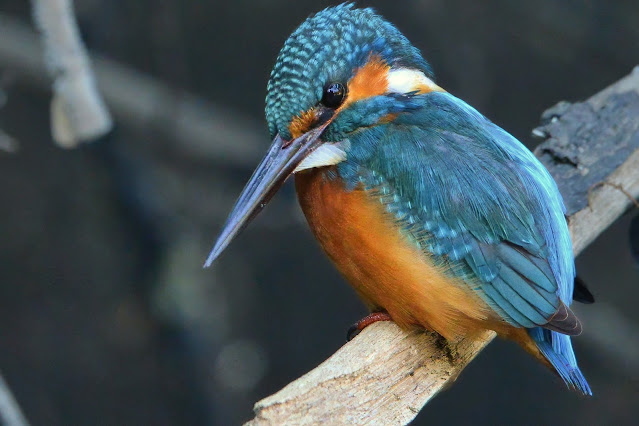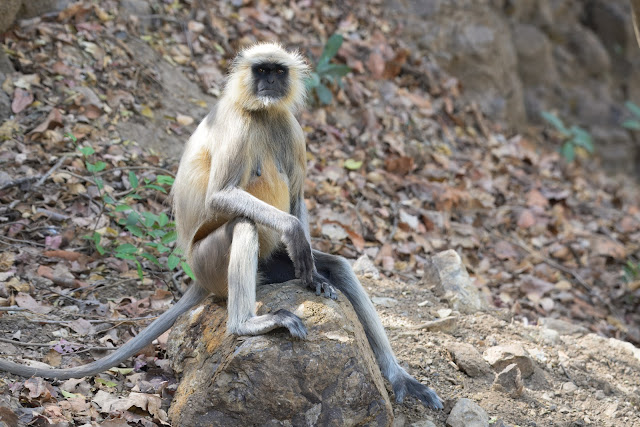Birds Around Me 0083 - Common Kingfisher छोटा किलकिला, राम चिरैया, शरीफन, निता मछराला (Alcedo atthis)

In 2014, it was the first time I saw and photographed Common Kingfisher छोटा किलकिला, राम चिरैया, शरीफन, निता मछराला (Alcedo atthis) in Jabalpur, India. It was an experience on its own. I was sitting with my dad by the side of a small lake literally in front of our home talking about rubbish being dumped in the water bodies all over Jabalpur. Once renowned for its water bodies, the only name of those remain postal addresses. I had my camera with me because my dad wanted me to click a photo of him with his friend. All of a sudden we saw a bird diving in, a colorful one. It was Common Kingfisher and it flew and perched literally 5 meters from me. And it wasn't just the Common Kingfisher that we saw that day, but also a couple more White-throated Kingfisher ( किलकिला , श्वेतकण्ठ कौड़िल्ला ) / Halcyon Smyrnensis and Pied Kingfisher (Ceryle rudis) . Common Kingfisher छोटा किलकिला, राम चिरैया, शरीफन, निता मछराला (Alcedo atthis...






